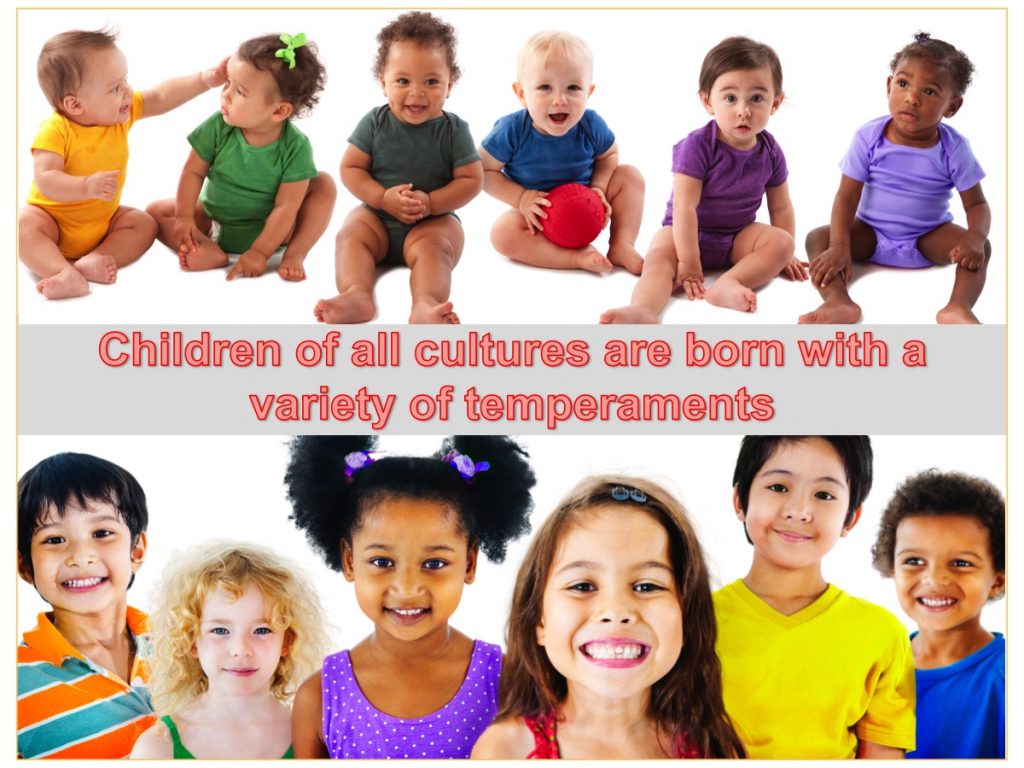
Infants of all cultures are born with a variety of temperaments. Yet one temperament may be valued in one culture but discouraged in another culture. It depends on the culture’s standards for behavior. Let’s take shyness, for example. In North America, shy children are often less popular among their peers. In other countries, such as China, shy children are often more accepted by social groups.
Social groups, such as classmates or peers, can also impact temperament. As an example, consider shyness again. Some children develop shyness as a result of unsuccessful peer interactions in school. These children were not born with a shy temperament. On the other hand, some children enter school with a shy temperament. Some shy children learn to regulate their shyness to become accepted by their peers.
Over time, some children learn to adjust their behavior to meet the norms of their culture or society. Through this socialization process, children can gain the approval of their group. Social and cultural groups can have different influences on boys and girls. We’ll discuss gender on the next page.
-
- Anterior cingulate cortex
- part of the brain that helps control emotional impulses
- Dimension
- more or less of a behavior
- Goodness of fit
- occurs when your expectations are compatible with a child’s temperament
- Negative reactivity
- a tendency to react in a negative manner
- Positive reactivity
- a tendency to react in a positive manner
- Prefrontal cortex
- the decision-making area of the brain
- Self-regulation
- a child’s ability to concentrate, to manage emotions, and to control impulses
- Temperament
- how a person approaches the world